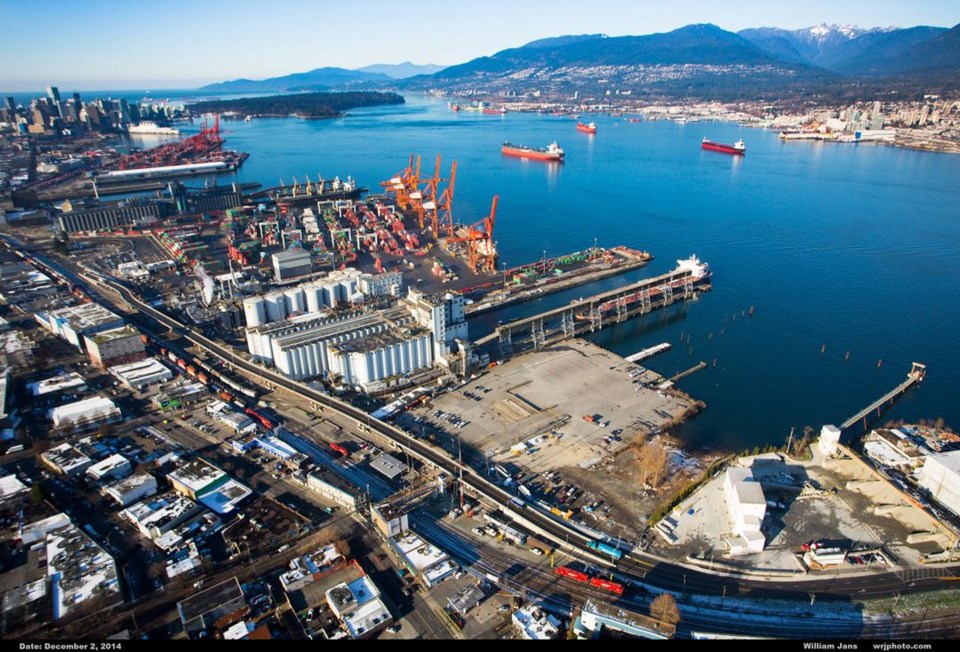As Canada's largest port, the Port of Vancouver handles about half of the country’s trade outside of North America and, increasingly, that trade is being moved by low- and zero-emission equipment.
In fact, the Vancouver Fraser Port Authority – the federal agency responsible for the stewardship of the port – has set a goal to phase out all port-related emissions by 2050.
Here are five ways that the port authority and industry are working to meet that goal using low- and zero-emission technologies the Port of Vancouver:
1. Shore power
When cruise and container ships berth at terminals at the Port of Vancouver, they can plug into shore power – a technology that allows ships to turn off their diesel-burning engines and plug into low-emission hydroelectric power.
The Port of Vancouver was the first port in Canada to adopt this technology in 2009 and, to date, it has prevented more than 30,000 tonnes of carbon emissions –– the equivalent of taking 6,500 cars off the road for a year.
2. Electric-powered gantry cranes
Gantry cranes are a type of equipment used at port terminals to load and unload cargo off container ships. Recently, port terminal operator DP World replaced five of its diesel-powered gantry cranes with a fully electric version, reducing the cranes’ carbon emissions to zero. DP World is also in the final planning stages of retrofitting one of its cranes to run on a hydrogen fuel cell.
3. Renewable diesel
Renewable diesel is a fuel derived from organic materials like vegetable crops that produces up to 80% less carbon emissions than traditional diesel.
The port authority recently became the first federal agency in Canada to run one of its patrol boats on 100% renewable diesel for a six-month period and is also supporting the testing of this low-carbon fuel on a locomotive at the Viterra grain terminal.
4. Electric-powered terminal tractors
Terminal tractors are another type of cargo-moving equipment that are typically powered by diesel. Recently, commercial ferry operator Seaspan Ferries added two battery-electric-powered terminal tractors to its fleet. Replacing just one diesel-powered terminal tractor with an electric-powered version eliminates 76 tonnes of carbon dioxide emissions per year.
5. Biodiesel
Similar to renewable diesel, biodiesel is a low-carbon alternative to fossil fuel that is sourced from organic materials like vegetable crops.
Recently, Seaspan Ferries began running all six of its commercial ferries on 100% biodiesel, and the company plans to transition all of its harbour ship-docking tugs to biofuel before the end of 2022.
To learn more about the Vancouver Fraser Port Authority’s initiatives to reduce emissions, visit portvancouver.com.



